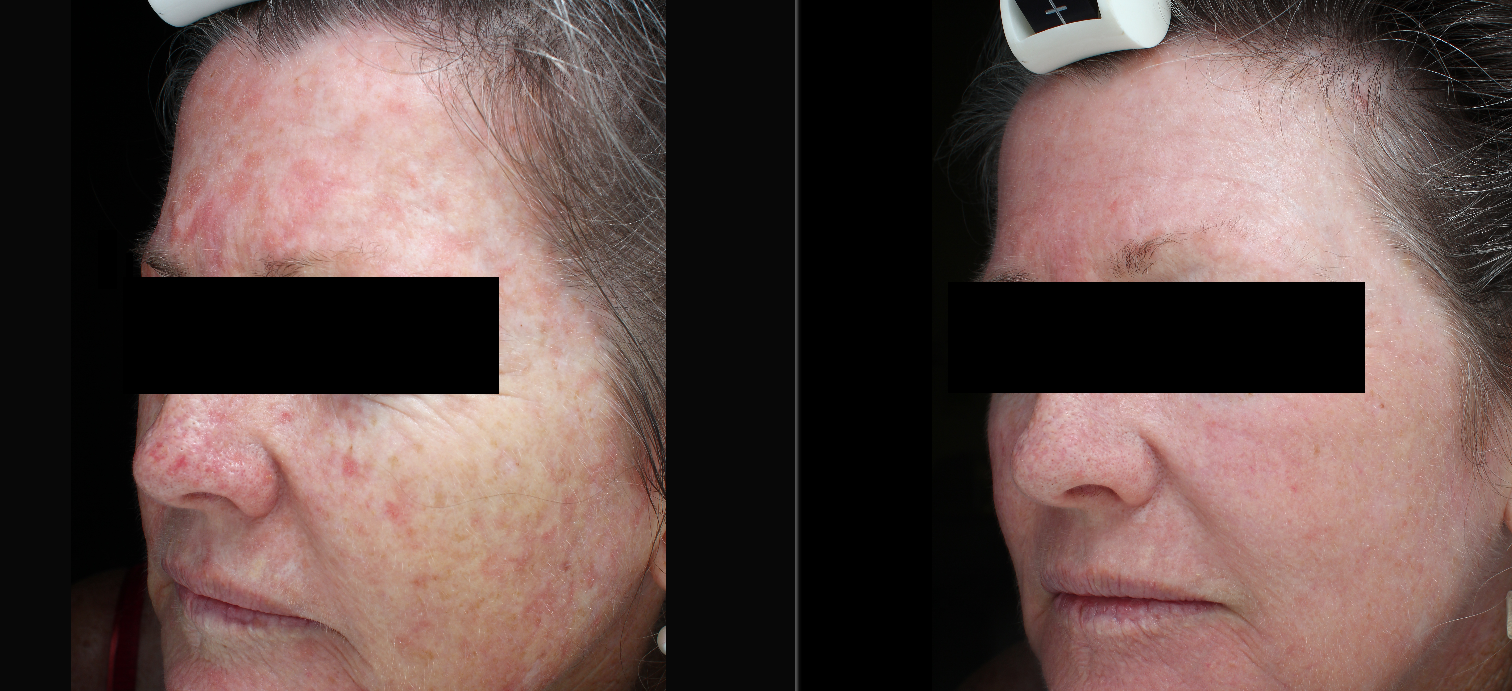PhotoDynamic Therapy (PDT)
PhotoDynamic Therapy (PDT) is a relatively new treatment option that allows treatment of either specific non-melanoma skin cancers without the need for surgery, or the rejuvenation of whole areas of sun damaged skin.
At Skin Alert Cairns, Dr Candler has been treating patients with PhotoDynamic Therapy for over ten years now and has accumulated a vast amount of experience and expertise in this field.
Many people are familiar with having sun spots frozen off with liquid nitrogen. This can result in unsightly pale scars, and is only a spot treatment, not a field treatment. You cannot have a blanket freeze of a whole area. Field treatments include options such as Efudix and Aldara, but these usually take weeks to work. PhotoDynamic Therapy, on the other hand, is a treatment that is performed on the patient on the nominated day, and for which the recovery time is usually only seven to ten days maximum.
The best scar is no scar, and Dr Candler has many patients who have avoided excisions and even grafts or flaps on their nose, or ear, or other parts of their face or body through treatment with PhotoDynamic Therapy. Usually PDT is chosen for cosmetically sensitive areas, but can be used anywhere to avoid a surgical scar.
PhotoDynamic Therapy is an approved medical treatment that involves the application of a photo-sensitising cream, called Metvix, to the skin cancer or to the sun damaged skin. The area is then exposed to light to activate the cream, which causes the death of the cancerous cells.
Skin cancers generally arise in sun damaged skin. By treating areas like the face, chest, arms or legs with PDT, the sun damage can be treated and the risk of skin cancer arising in the treated area in future much reduced. PhotoDynamic Therapy to the face generally results in a marked improvement in skin tone and complexion.
Dr Candler specialises in "enhanced PhotoDynamic Therapy" where a combination of other treatments enhances the penetration and effectiveness of the cream and ensures a more effective PDT treatment.

Then a specific light source is used to activate the cream- producing oxygen radicals- which destroy the desired cells. PDT is a very accurate treatment, with surrounding healthy tissue recovering very well, and often gaining a level of cosmetic rejuvenation. Actinic keratoses (superficial thin skin cancers) and some other superficial skin cancers like Basal Cell Carcinomas or Bowens are well targeted with PDT.
Dryness and flakiness will usually follow as the area heals over the next 1-2 weeks. Your Clinician will talk you through the downtime, pain relieving options and after care to ensure you have the most comfortable treatment possible with the best outcomes.
Other body areas POA. All conditions are uniquely different; therefore treatments and prices vary between each individual. During your initial consultation all costs and treatment options will be discussed with you.
